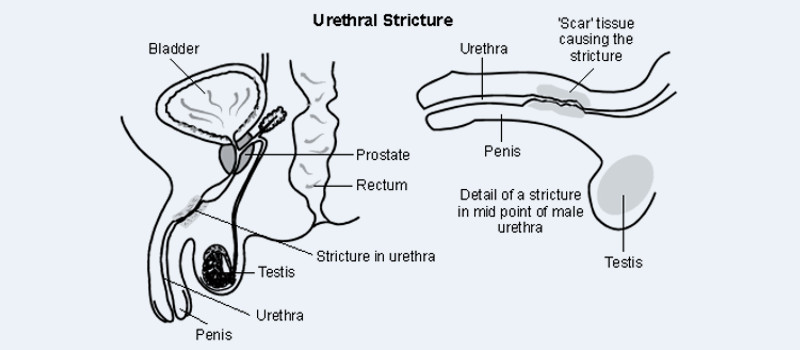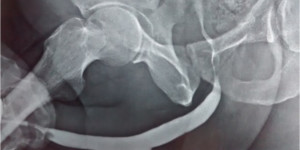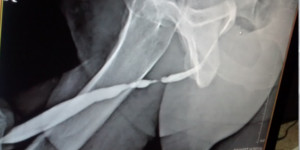The following tests are done to confirm the diagnosis as well as the length
of stricture to plan the treatment
-
Urine flow test.
-
The speed at which urine passed can be assessed by simple uroflowmeter.
The patient has to pass urine when the bladder is full .urine flow rate
below 20 ml/ sec is suggestive of obstruction in the urethral passage.
-
X-ray studies, Ascending urethrogram.
-
This test involves placing a fine catheter into the urethral opening
and injecting contrast media .The narrowed segment and the length of
narrowed segment can be visualized.
-
Endoscopic evaluation can be conducted by flexible or rigid instruments
(cystourethroscopy). Flexible cystourethroscopy can be performed with
little discomfort to the patient using only local anesthesia.
The stricture can be dilated using special dilators to stretch the
narrowed area and make it wider. This usually requires to be repeated at
regular intervals to keep the passage wider. Complications include
recurrence of stricture, which is the most common complication, Success
with its treatment is very poor 15% only.


